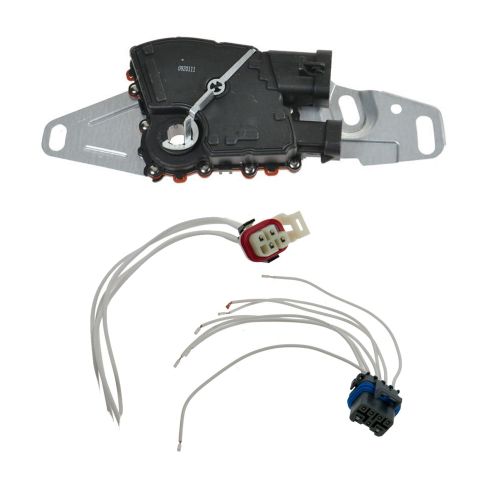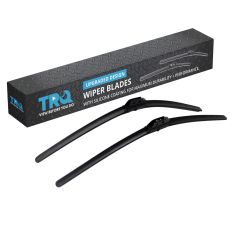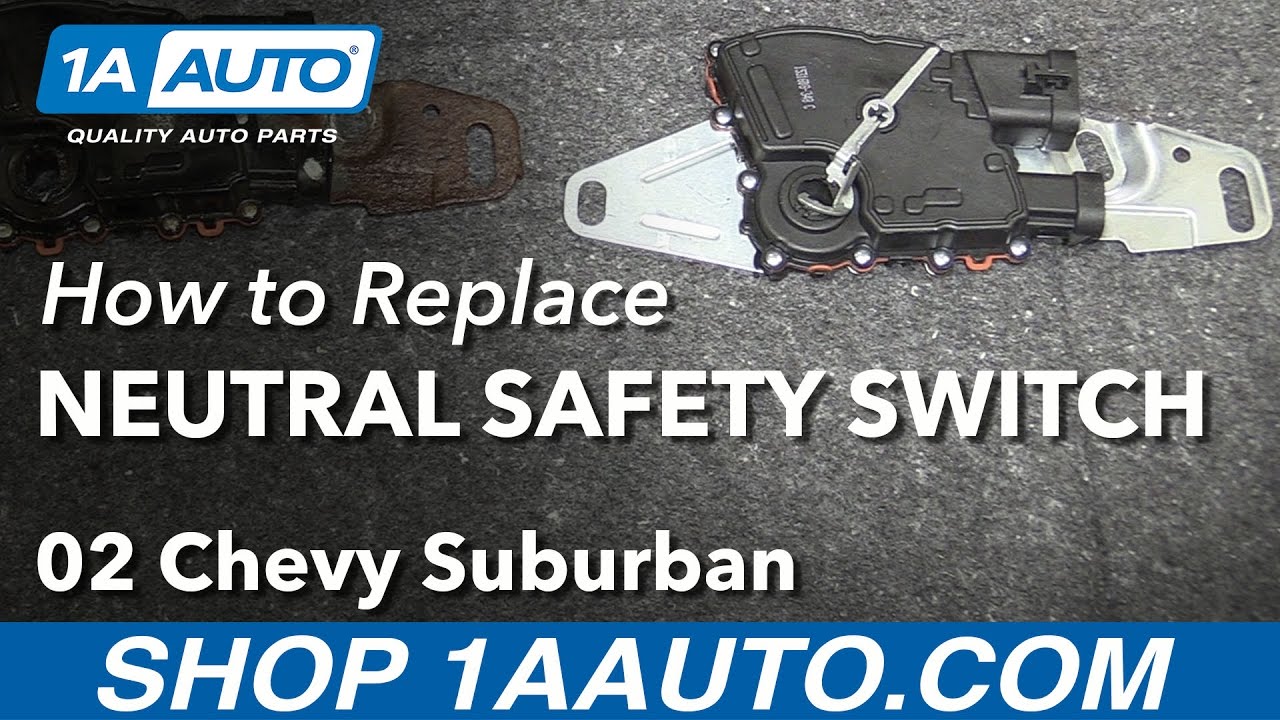1AERK00173-Neutral Safety Switch DIY Solutions BSS00222







Replaces
2001 GMC Sierra 1500 HD Neutral Safety Switch DIY Solutions BSS00222




Recommended for your 2001 GMC Sierra 1500 HD
Product Reviews
Loading reviews
Customer Q&A
No questions have been asked about this item.
GMC is a registered trademark of General Motors Company. 1A Auto is not affiliated with or sponsored by GMC or General Motors Company.
See all trademarks.












